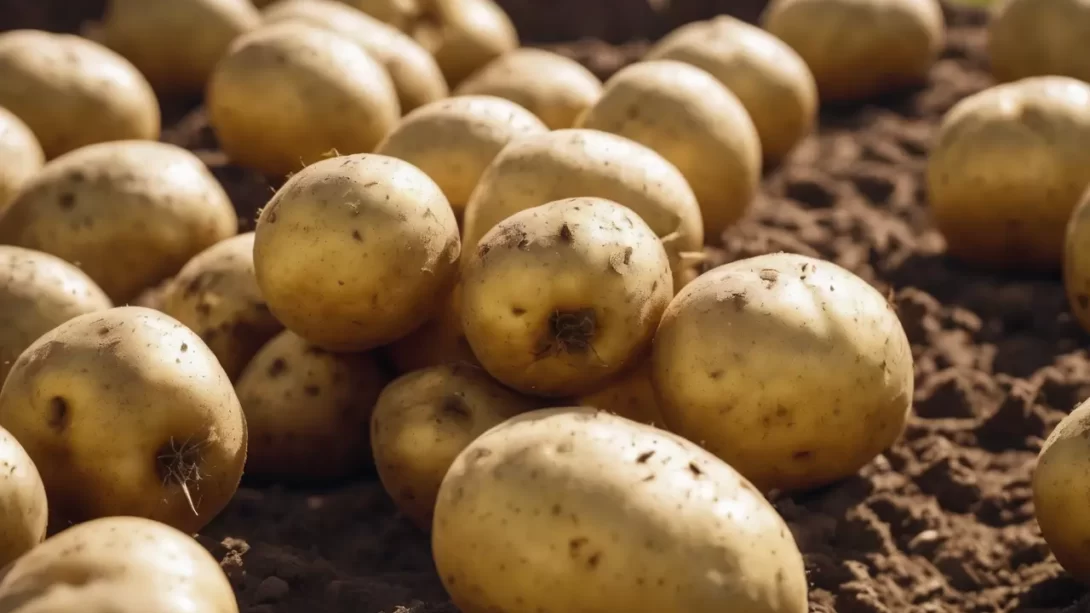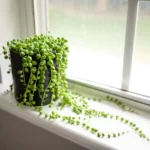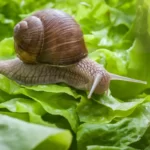Potatoes are a versatile and popular vegetable in many Alabama gardens. The key to a successful potato crop in the state lies in planting at the correct time. This article will guide you through the optimal schedule for planting potatoes in Alabama, ensuring you get the most out of your gardening efforts.
Alabama’s Climate
Alabama’s climate is predominantly humid subtropical, characterized by hot summers and mild winters. This climate impacts gardening schedules and crop viability. The state is divided into several planting zones, and each zone has slightly different ideal planting times for potatoes.
Recognizing your specific zone is vital, as it determines the most favorable planting period. Generally, Alabama’s growing season starts earlier than in many northern states, providing a longer period for cultivating various vegetables, including potatoes.
Optimal Planting Times for Potatoes in Alabama
The optimal time for planting potatoes in Alabama typically falls in early to mid-spring. The goal is to plant your potatoes after the danger of hard frost has passed but while the soil is still cool. This period usually occurs from late February to early April, depending on your specific location within the state.
For gardeners aiming to harvest potatoes early in the season, late February to early March is the best planting window. This timing allows the potatoes to mature before the peak of summer heat. For those planting mid or late-season varieties, which require a longer growing period, planting can extend into early April.
Selecting Potato Varieties for Alabama
Choosing the right potato varieties is crucial for a successful harvest in Alabama’s climate. Potatoes are generally categorized as early, mid, and late-season varieties based on their maturity time. Early-season varieties, like ‘Yukon Gold’ and ‘Red Pontiac’, are ideal for Alabama’s early spring planting and can be harvested sooner. These varieties are great for gardeners who want a quick yield.
Mid-season varieties, such as ‘Kennebec’ and ‘Norland’, offer a balance between early and late harvest times. They are suitable for gardeners looking for a steady supply of potatoes throughout the season. Late-season varieties like ‘Russet Burbank’ and ‘Butte’ require a longer growing period but are excellent for storage.
When selecting potato varieties, also consider disease resistance, especially to issues common in Alabama, like blight and nematodes. Additionally, think about the culinary uses of different varieties, such as boiling, baking, or frying.
Soil Preparation and Planting Site Selection
Potatoes thrive in well-drained, loamy soil with a slightly acidic pH, ideally between 5.0 and 6.5. Before planting, prepare your garden by turning the soil and adding organic matter, like compost or aged manure, to improve soil structure and fertility.
Choose a sunny location for your potato garden, as potatoes need full sun to grow well. Avoid planting potatoes in areas where they might be exposed to prolonged dampness or waterlogging, which can lead to rot.
Planting Techniques for Potatoes
Planting potatoes in Alabama begins with either seed potatoes or small whole potatoes. It’s recommended to use certified seed potatoes to avoid diseases. Before planting, cut larger seed potatoes into pieces, each with at least one or two eyes (buds).
Plant the potato pieces about 3 to 4 inches deep and 12 inches apart in rows. The rows should be spaced about 2 to 3 feet apart to allow for growth and hilling. After planting, cover the seed potatoes with soil.
Hilling is an important part of potato cultivation. As the plants grow, gradually mound soil around the stems, leaving only the top few inches exposed. This process, known as hilling, helps prevent sunlight from reaching the developing tubers, which can cause them to turn green and become toxic.
Care and Maintenance of Potato Plants
Proper care and maintenance are key to a successful potato crop in Alabama. Consistent watering is essential, especially during the tuber formation and bulking up stages. Potatoes require about 1 to 2 inches of water per week. However, overwatering can cause issues like rot and fungal diseases, so ensure the soil is moist but not waterlogged.
Fertilization is another important aspect of potato care. A balanced fertilizer applied at planting and again when tubers start forming can promote healthy growth. Potatoes also benefit from a side dressing of a high-phosphorus fertilizer to encourage tuber development.
Regular weeding is necessary as potatoes compete poorly with weeds. Be careful not to disturb the shallow roots of the potato plants while weeding.
Pests and diseases can affect potatoes, with common issues in Alabama being Colorado potato beetles and late blight. Regularly inspect your plants and use appropriate organic or chemical treatments if necessary. Crop rotation and good sanitation practices can help prevent these problems.
Harvesting and Storing Potatoes
Potatoes are ready for harvest when the foliage begins to die back and yellow, typically in late summer or early fall. For new potatoes, which are smaller and more tender, you can begin harvesting a few weeks after the plants have finished flowering.
To harvest, gently dig around the plants with a spade or fork, being careful not to damage the tubers. Shake off any excess soil and let the potatoes dry for a few hours in a cool, dry place.
For storing, allow the potatoes to cure for a couple of weeks in a dark, well-ventilated area with high humidity. After curing, store the potatoes in a cool, dark place like a cellar or pantry. Properly cured and stored potatoes can last several months.
Conclusion
Planting potatoes in Alabama requires understanding the right timing, selecting suitable varieties, and providing proper care throughout the growing season. By following these guidelines, you can enjoy a plentiful harvest of potatoes, whether for immediate use in your kitchen or for longer-term storage. Gardening enthusiasts in Alabama will find potato cultivation a rewarding and fruitful endeavor.




